
The family feeling, artwork and leafy canopy still spirit Casita del Campo after 58 years, along with an evolving menu and restrooms.
(Gerry Furth-Sides) Casita Del Campo may be celebrating their 58th birthday this month but the team at the historic “to-go” eatery, headed by family member Robert Del Campo, is also constantly working to keep dine-in and take-out options. These days “dine-in” mostly refers to the private, spacious open patio tucked away off busy Hyperion in the back.
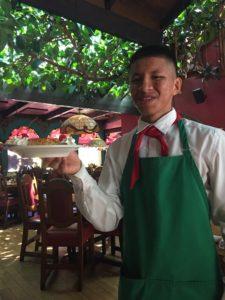
The genuinely friendly, professional service is the same outdoors as always was inside Casita del Campo after 58 years
Knowing that Angelenos love a good burrito, especially a hearty breakfast burrito, the restaurant team decided to create the Silverlake Breakfast Burrito, Casita Del Campo’s take on a popular item with a little added “fuego”or heat.
The Silverlake Breakfast Burrito is prepared with Huevos a la Mexicana, scrambled eggs with tomato, cilantro and onion, Chorizo, Potatoes, Refried Beans and Avocado, served in a large Flour Tortilla with a side of the tangy and fiery homemade Habanero Sauce. The Silverlake Breakfast Burrito will be added to the regular menu offered all day every day. It is also designed as a special addition to the popular mainstays.
For the restaurant’s classics, in fact, the original recipes and cooking practices have stayed the same since the day the restaurant opened close to 60 years ago. Every morning, fresh vegetables are chopped for the tasty salsa, the guacamole and chips all made fresh daily as evident in the enormous amount of food carried out from the kitchen. The new vegan menu items such as the vegan tacos and fajitas, already popular with customers, reflect the current health-conscious times and neighborhood’s gentrification.
For owner and founding family member, Robert Del Campo, is no stranger to rapid changes, having grown up in the restaurant industry, creating a beautiful outdoor patio in the large parking lot was a natural progression when distancing became a necessity. Surrounded by plants, trees, the famous Casita fountain, and Gina Del Campo’s incredible mosaic tables, the “vibe” transports diners to a time past right in the wonderful neighborhood with Griffith Park and the Silverlake Reservoir not far away that is reason enough for Casita del Campo to be called a “Silverlake Oasis.”
It naturally follows that Rudy Martin Del Campo, a dancer from West Side Story, opened sunny, welcoming Casita Del Campo as a gathering place for his industry friends. The unique venue that used to be a house would continue to feel like a home to him many years later. Although Rudy passed away several years ago, his legacy has lived on in the West Side Story pictures throughout the restaurant and the original art pieces. This gem has also been maintained through his family’s love for the continuously growing loyal customers.
This Silverlake neighborhood landmark has always been the ideal location for Casita Del Campo. This was true when the sleepy, artistic area housed Disney staffers and when it became the culturally diverse bohemian equivalent of Greenwich Village in New York and Hyde Park in Chicago. Locals, such as six of us neighbors, frequented the place at least one weekly. It was one of our favorite Newsweek magazine hangouts, and I remember even to this day trying to nonchalantly “walk” to the door after two margaritas!

Neighborhood and destination dining favorite, Casita del Campo, has been the place to celebrate a meal or a birthday of many years for 58 years
Casita Del Campo restaurant hours for dining, delivery and takeout: Monday through Thursday from 11:00 am to 10:00 pm, Friday and Saturday from 11:00 am to 11:00 pm, and Sunday from 11:00 am to 10:00 pm. For more information please visit www.CasitaDelCampo.net or call 323.662.4255.
Casita Del Campo is partnered with Postmates, Grubhub, and Caviar for delivery or can be picked up directly by calling the restaurant at 323-662-4255.


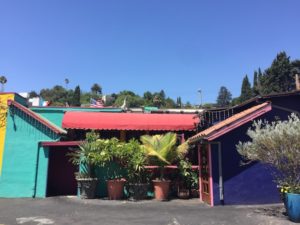





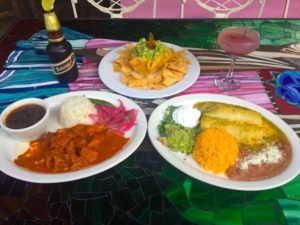







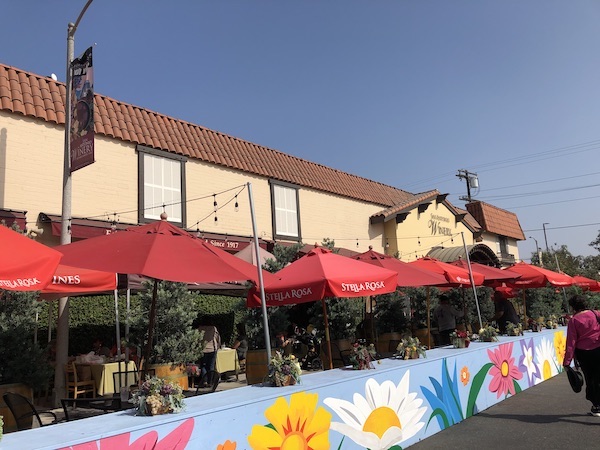

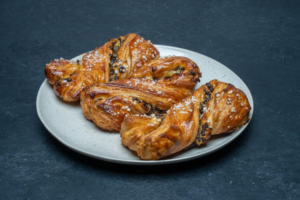




















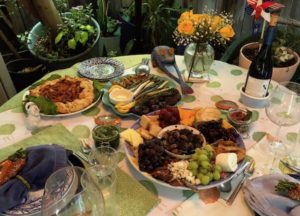








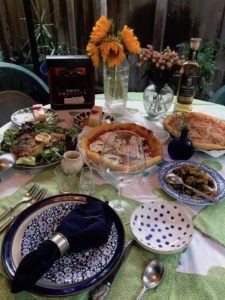




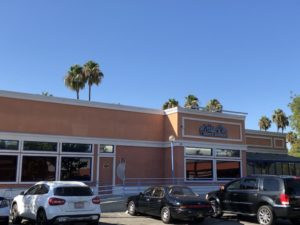

















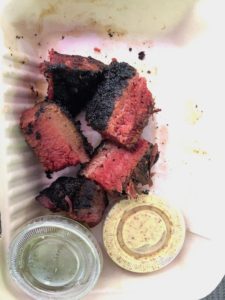




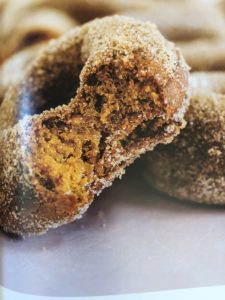
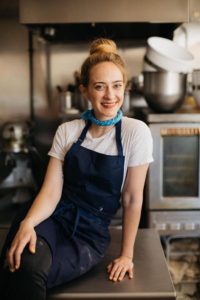



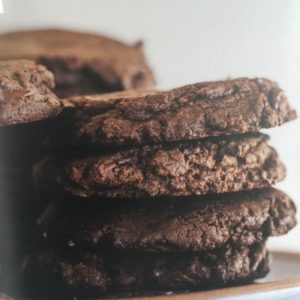


 Gerry Furth-Sides
Gerry Furth-Sides  Barbara Hansen
Barbara Hansen  Chef-owner Alain Cohen
Chef-owner Alain Cohen  Roberta Deen
Roberta Deen  Jose Martinez
Jose Martinez  Nivedita Basu
Nivedita Basu